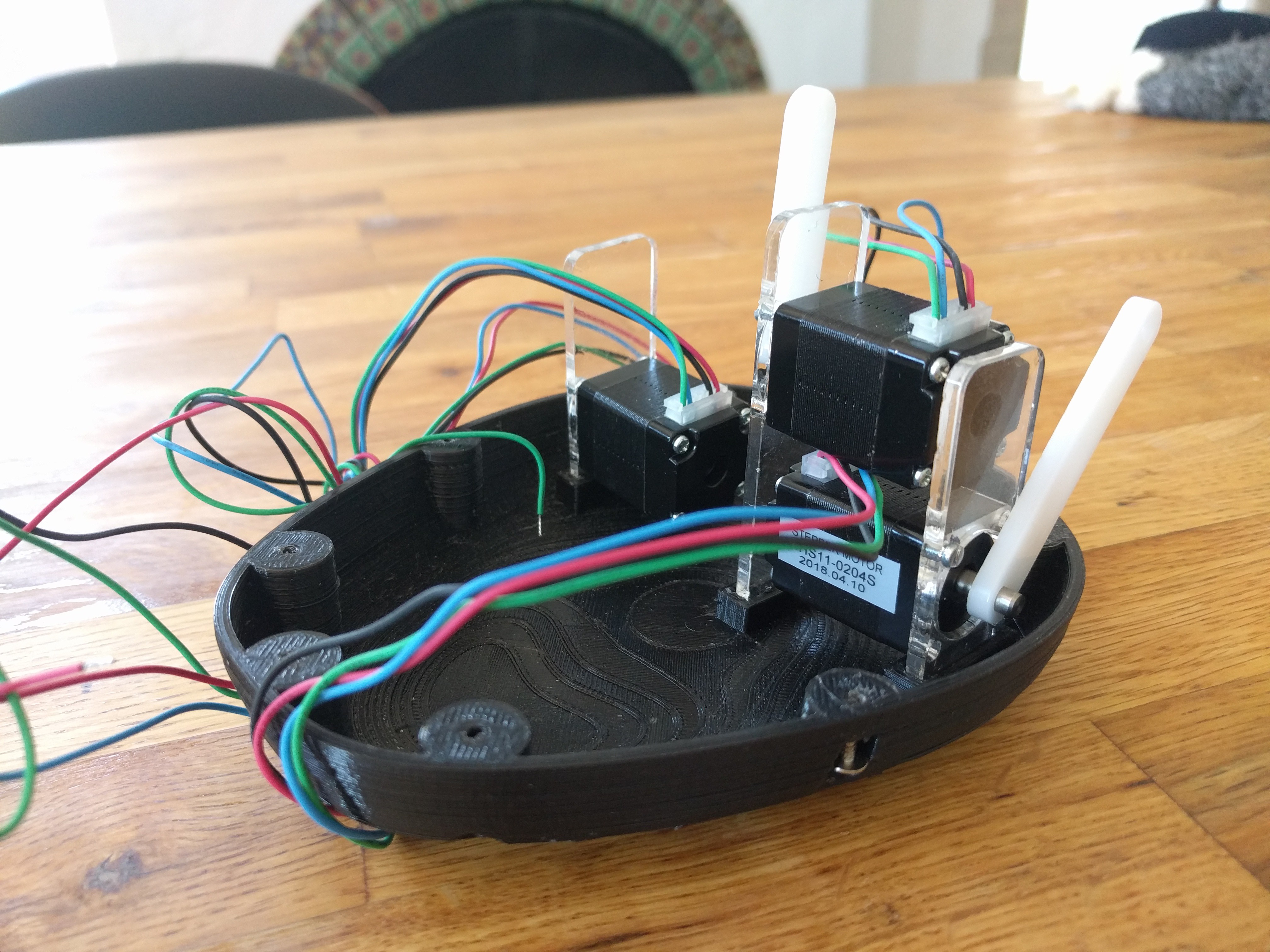Rapid prototyping tools are amazing. They allow us to create quickly without a lot of education on machine or process limitations, and also let us run our creativity without the overhead of modeling those limitations.
There is a downside, however. Once you've grown experienced with one tool, you try to solve all problems with it. As the expression goes, everything looks like a nail. Plenty of design problems are well-suited to 3D printing or lasercutting, but others are solved more quickly, easily, and cheaply by an alternative and, dare I say, traditional approach. Many times you can buy a part that's close and modify it with a drill press or bandsaw, and end up with a much tougher and more precise part than you would have with a 3D print.
I've run afoul of these tool biases many times, and have some shameful notoriety for doing mechanical engineering work like gearbox design in Illustrator because I'm going to lasercut the parts... which is itself kind of insane.
Materials are like this, too. Acrylic, plywood, and POM (Delrin) all have distinct strengths and weaknesses, but there's a ton of use for cardboard, posterboard, and foamcore--even in precision engineering. I use them for test fits, size mockups, even quick thought experiments for mechanisms. The advantage of the papery materials is that they're dirt cheap, cut very fast, and make your throwaways more environmentally friendly. Plus, the smoke's not as toxic.
Bringing this all back around to our cute robot, we're making an active effort to use the right tools and materials. This leads to many hybrid solutions, like the lasercut motor mounts inside the 3D printed skull. The accuracy of the laser cutter (as long as you compensate for the kerf) exceeds what we can expect from the prints, and the 3D prints have sculptural surfaces that we couldn't get out of the laser cutter. That, and the lasercut holders fitting into a predefined socket in the 3D print means that we can iterate both parts independently. We're printing a new skull right now, and the previous motors and holders will fit in perfectly. Later we can swap servos or BLDCs into the skull without redoing a very long print. It speeds up all the parts of the process.

In this photo you can see three materials being used: PLA for complex parts, acrylic for the rigid mounts, and Delrin for the press-fit arms (where acrylic would crack).
Until next time!
 richard
richard
Discussions
Become a Hackaday.io Member
Create an account to leave a comment. Already have an account? Log In.